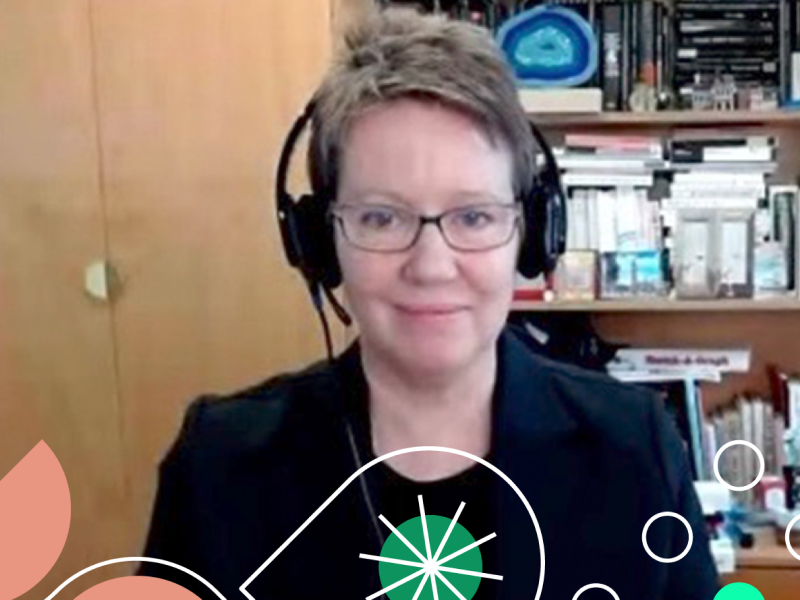Sheona Thomson | Strategic Lead, Assessment and Academic Integrity at Queensland University of Technology
In this video (part 2 of 2), Sheona Thomson continues the discussion on infusing academic integrity with assessment design, drawing from her own experiences at QUT, and exploring innovative methods by educators to develop new best practice that traverses the face-to-face and online realms.
According to Sheona, enhancing assessment for a new era means demystifying grading for better student-centric learning, and providing greater transparency in the assessment process. She positions the art of constructive student feedback as key to championing quality work output, and how developing students’ skills to evaluate their own work and peer review the work of others, promotes authentic learning toward post-university success.
Illustrating the relevancy of authentic assessment and how QUT is mapping this to the curriculum, Sheona looks at embedding industry practice and partners within assessment design. Calling out institutions’ collective fear of student collaboration, she recommends enabling technology to get students working together more productively in order to simulate the workforce and real-world stakes. Furthermore, by harnessing students’ online footprints, she considers how creating such collaborative, trusted spaces for learning to happen may better support assessment security and integrity of learning outcomes.
Looking ahead to the potential for artificial intelligence and machine learning in education, Sheona advocates for digital versions of ‘working in the open’, along with mechanisms to better track student performance; emphasising the importance of adding student-guided learning into the equation, when leveraging the benefits of technology-assisted assessment.



